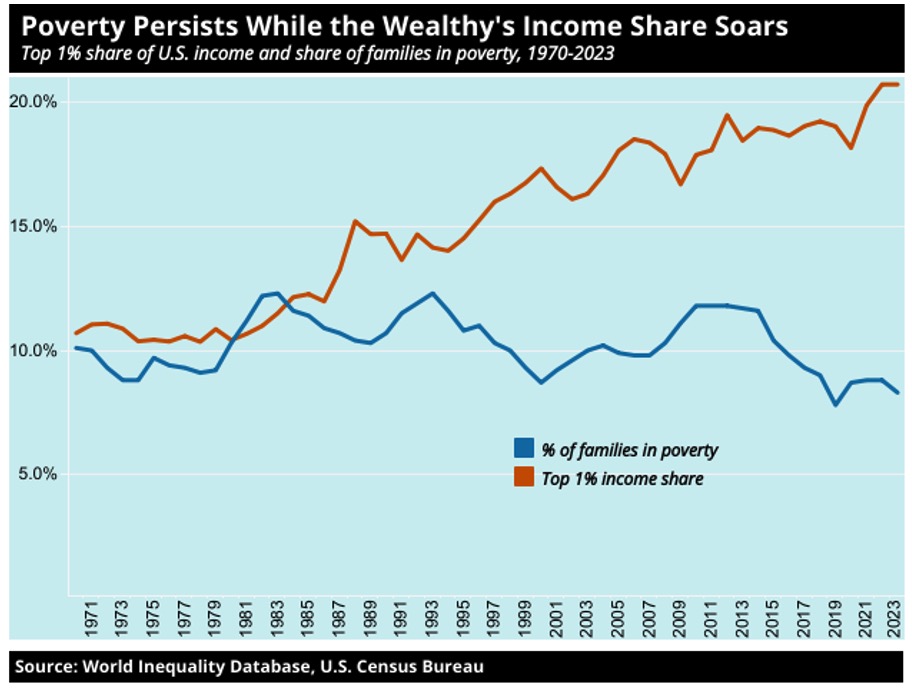Comments
PLANNING WATCH - I began these Planning Watch columns with a series on the mansionization of Los Angeles neighborhoods not protected by the city’s 36 Historical Preservation Overlay Ordinances. In theory, about 95% of LA’s houses can be mansionized, although in practice mansionizers concentrate on affluent, mostly white neighborhoods.
In this series, I focused on Beverly Grove, a neighborhood north of Wilshire and west of Fairfax. Its mansionization trend began over two decades ago with a few oversized houses. It has never ended, and at any given time there are about four McMansions under construction. After more than two decades, about one-third of Beverly Grove’s original late-1920 houses have been demolished and replaced with McMansions.
According to Los Angeles Building and Safety Department (LADBS) data from several years ago, 14,000 houses have been demolished citywide, nearly all replaced with new McMansions. These are large, quickly constructed two-story houses. Nearly all are painted white, and most cover a parcel’s buildable area. In general, they are three times the size and price of the demolished houses.
Since developers can legally build small apartment houses and Accessory Dwelling Units (ADUs) on residential lots in California, why do they prefer to build McMansions?
These are the obvious reasons:
- McMansions are already legal and can be built by-right. Developers can also add rooftop rooms and patios, as well as exceed height and size limitations, since they know that LADBS rarely enforces these code violations.
- McMansions are money makers for developers. They don’t need to actively manage them, as is the case with replacement apartments and some ADU’s.
- The cost of buying and demolishing an older house and replacing it with a McMansion allows developers to typically make a million dollars profit. As recently described by Pini Herman in CityWatchLA, owners or managers often divide bedrooms with makeshift walls and rent out each half to a temporary tenant. This is a highly profitable short-term use for McMansions, even though it is illegal. As for getting caught and prosecuted in Los Angeles, enforcement of these laws simply does not happen.
These are also less obvious reasons why so many Los Angeles neighborhoods, like Beverly Grove, are being steadily mansionized:
- Los Angeles has elaborate rules and regulations for house demolitions, but there is little evidence that LADBS or contractors adhere to them. For example, demolition permits must be posted 30 days in advance, yet this legal requirement is regularly flouted. In fact, I invite readers to add a comment if they know of any cases where LADBS blocked a demolition because the contractor failed to post a permit.
- Develops can build a super-sized McMansion on a lot zoned for duplexes. Since this is totally legal, the intended duplexes seldom appear. Instead a McMansion of 5,000 square feet or more pops up.
- McMansions are resource hogs. They typically have restaurant-style stoves and refrigerators, whole house vacuum systems, and 24/7 heating and air conditioning. They also require a new two-inch water pipe to replace the existing one-inch pipe connecting to the city’s water mains.
- Despite their extra square footage, McMansions house a similar number of people than lived in the demolished homes. The extra square footage does NOT mean more people live there.

- In addition to lax City laws and enforcement, mansionization also happens because of increasing economic inequality, including in Los Angeles. The small percentage of people with increasing real incomes are the builders and buyers of McMansions. Everyone else is priced out because of growing income inequality.
- Efforts to legally stop the mansionization of Los Angeles, such as the Baseline Mansionization Ordinance, have not worked. Loop-holes and slip-shod enforcement have allowed mansionization to continue.
While these trends make real estate speculators and politicians giddy, the mansionization of so many Los Angeles neighborhoods has led to LA’s declining population, degraded neighborhood appearance, and frequent infrastructure failure.
(Dick Platkin (rhplatkin@gmail.com) is a retired LA city planner, who reports on local planning issues. He is a board member of United Neighborhoods for Los Angeles (UN4LA). Previous columns are available at the CityWatchLA archives.)
















